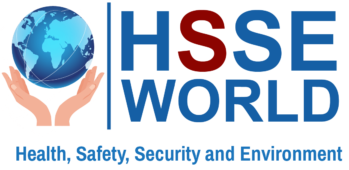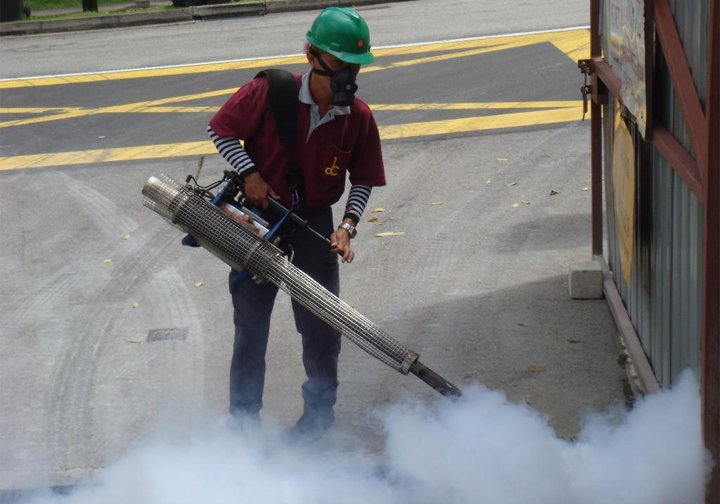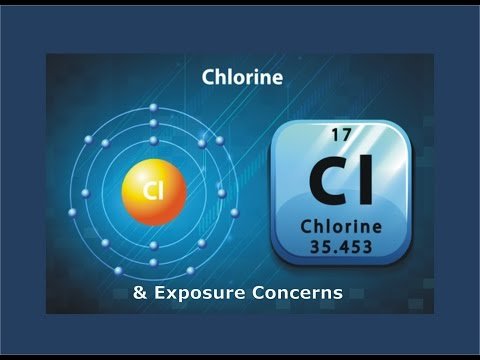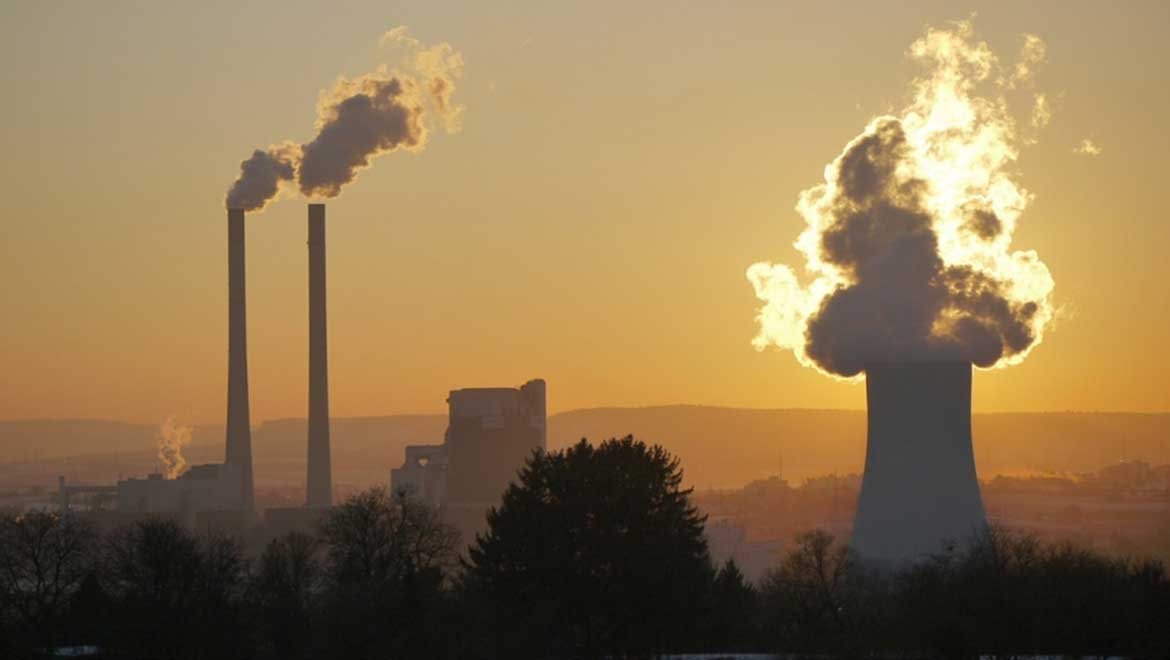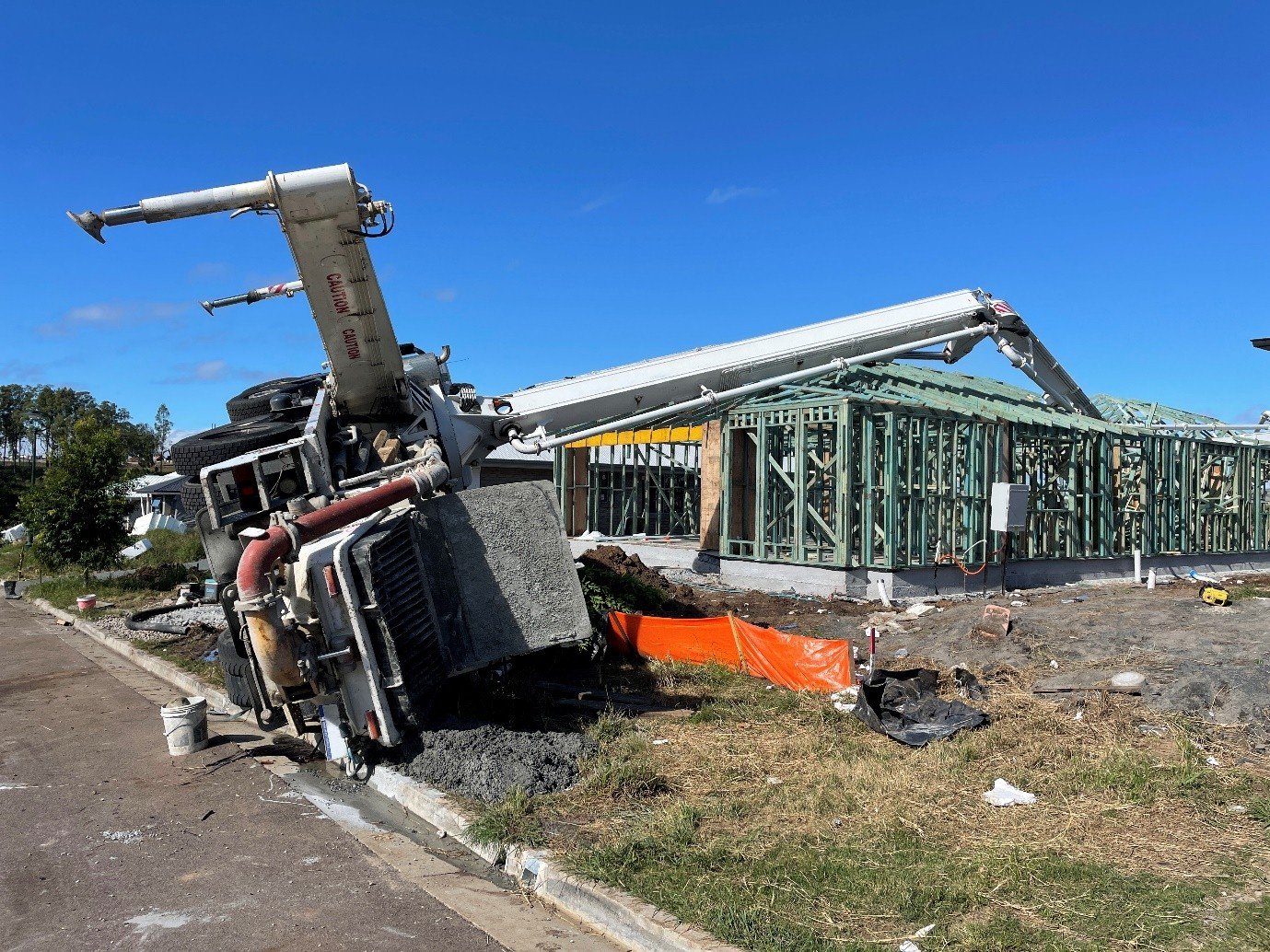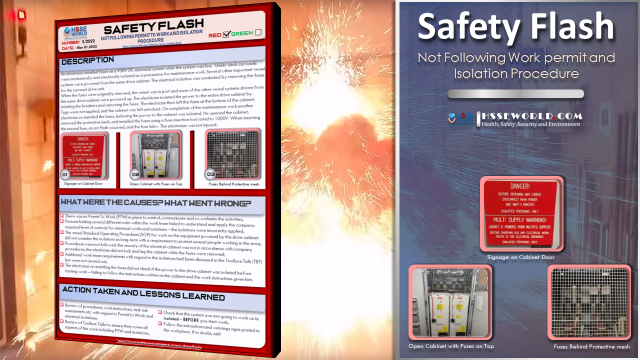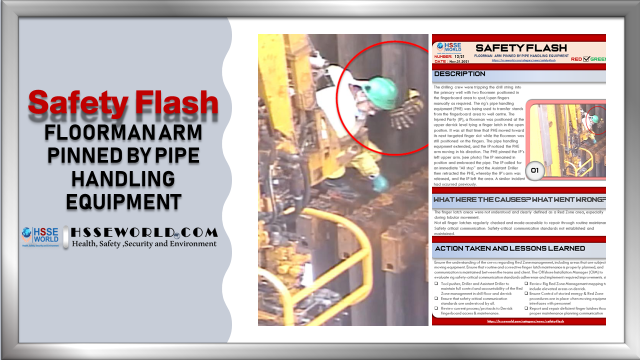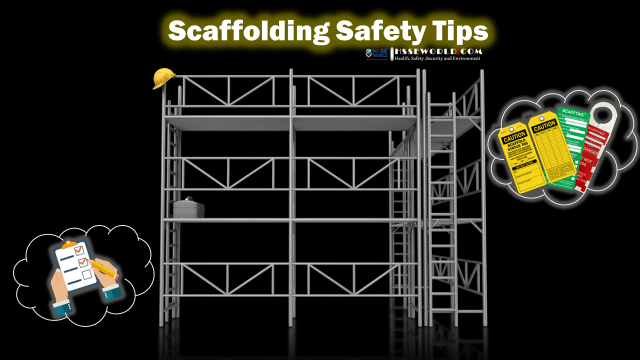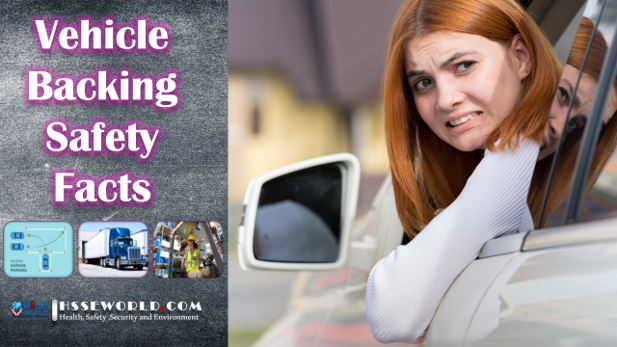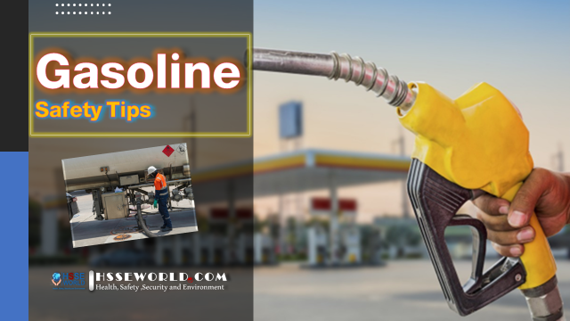Pesticides & fumigants Exposure
[vc_row][vc_column][vc_column_text]Pesticides and fumigants can cause mild or severe poisoning. Long-term exposure to them can cause cancer. Workers most commonly absorb pesticides and fumigants through their skin. The chemicals can also be breathed in or swallowed.[/vc_column_text][/vc_column][/vc_row][vc_row xt_row_type=”in-container” xt_border_top=”0″ xt_pattern_opacity=”100″ css=”.vc_custom_1558972282663{margin: 0px…
Chlorine Exposure
[vc_row][vc_column][vc_column_text]Chlorine is a powerful disinfectant and bleaching agent. In both gas and liquid forms it is toxic and extremely dangerous. Exposure can result in death. Workers should take every precaution when working with or around chlorine.[/vc_column_text][/vc_column][/vc_row][vc_row xt_row_type=”in-container” xt_border_top=”0″ xt_pattern_opacity=”100″ css=”.vc_custom_1558972282663{margin:…
Hydrogen sulfide H2S
[vc_row][vc_column][vc_column_text] Hydrogen sulfide is a dangerous toxic gas found in many industries. At low concentrations it causes health problems. At high concentrations it can be lethal. It smells like rotten eggs, but can numb the sense of smell so quickly…
Carbon dioxide
[vc_row][vc_column][vc_column_text] Carbon dioxide becomes toxic when there is too much of it. This is especially true in confined areas. Excess carbon dioxide will also displace oxygen in the air and can asphyxiate workers. Proper ventilation is essential to reduce the…
